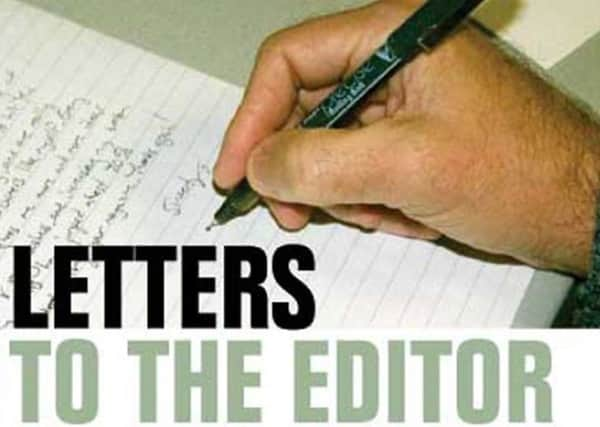STATUE: An interesting tale to tell


This statue is a favourite of mine and all three parts of it – the rider, the horse and the complete monument – have ‘a tale to tell’.
The rider is Field Marshall Hugh Gough, First Viscount Gough (1779 -1869), a soldier whose career ran from the Peninsula war to the Sikh wars in India. He was bold brave and ruthless, hence his nick name ‘Hammer of the Sikhs’.
Advertisement
Hide AdAdvertisement
Hide AdHe was born in Ireland, his family was part of the ascendency and he was raised to the Irish peerage.
Ever a controversial figure, even before his statue – the one that now graces Chillingham Park – was erected there was much debate in Dublin as to where it should go.
Eventually, a site was found for it in Phoenix Park, where it was unveiled in 1878, witnessed by a four-year-old Winston Churchill.
The statue’s uneasy sojourn in Phoenix Park, and eventual removal to Chillingham in 1988 by a relative of Gough, is a story of Irish politics.
Advertisement
Hide AdAdvertisement
Hide AdSuffice to say that the monument was vandalised at least five times. Gough’s head was sawn off in 1944 and discarded into the River Liffey, one hind leg was blown off in 1956, and the whole thing was finally dynamited off its plinth in 1957.
These incidents gave rise to some famously ribald and funny verse, wrongly attributed to the boozy nationalist poet Brendan Behan.
By this time Dublin Corporation had had enough and put it into storage for 29 years. It was finally sold on condition that it left Ireland.
Gough’s head was re-attached by a firm of Newcastle blacksmiths, and the restored statue re-erected at its rescuer’s home of Chillingham.
There is an interesting final twist to the story.
Advertisement
Hide AdAdvertisement
Hide AdIn 2010 the Dublin suburb of Ballymun unveiled a bronze statue of a casually dressed teenage girl, bareback astride a military horse. The statue was commissioned to be the centrepiece of the Ballymun Regeneration Project.
The rider is Toni Marie Shields, who was selected by audition from the local populace.
The horse is none other than Gough’s horse, the shape of which was reproduced by taking moulds from the original in Chillingham Park and then using these to cast the bronze.
The completed monument now stands in the grounds of a school in Ballymun. I hope to visit it one day to photograph it.
So the whole thing, from Imperialist hegemony to hope in the future, has come full circle and Chillingham, Northumberland, has played a part in it.
Christopher J Brown,
Akeld